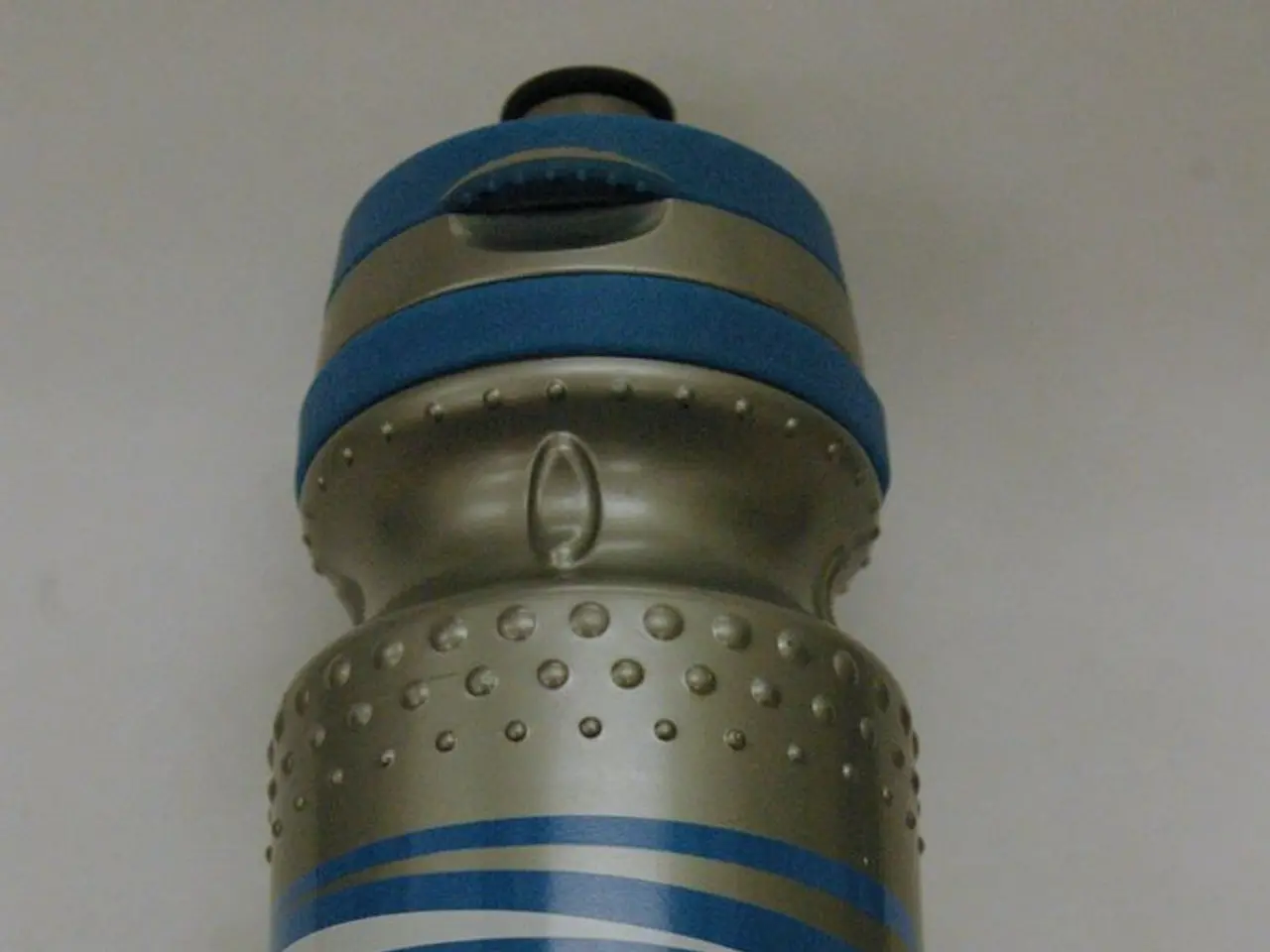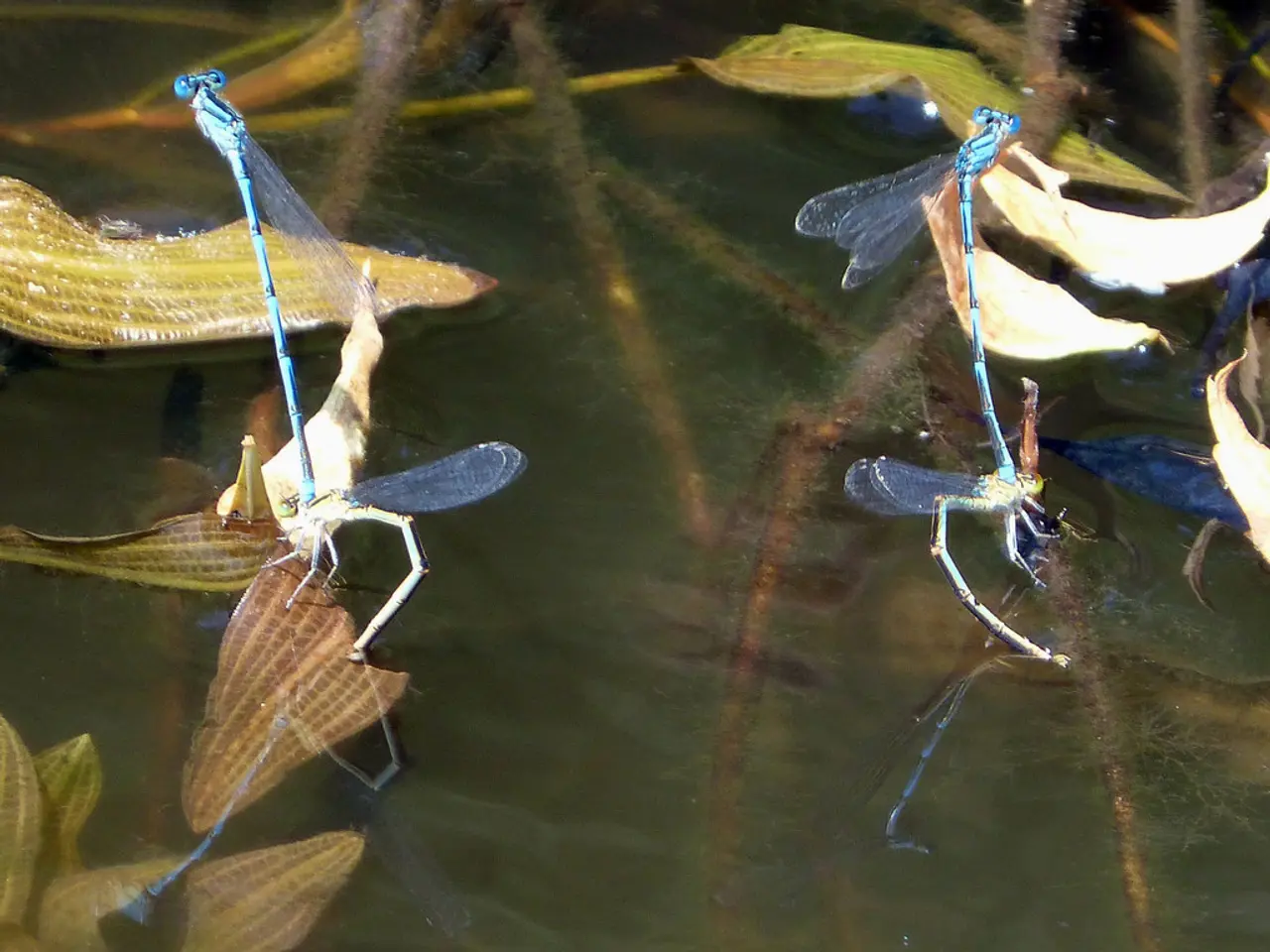Scientists successfully initiate independent duplication of inert molecules on their own.
In a groundbreaking experiment, a team of scientists led by Professor Juan Pérez-Mercader at Harvard University have simulated the origin of life using materials similar to those found in interstellar space. This research, published in the journal Proceedings of the National Academy of Sciences, offers a potential explanation for the start of life around 4 billion years ago.
The experiment involves the use of four carbon-based, non-biochemical molecules. When exposed to light from green LED bulbs, these molecules reacted to form amphiphiles—molecules having both hydrophobic (water-repelling) and hydrophilic (water-attracting) parts. These amphiphiles then spontaneously self-assembled into micelles (ball-like structures), which further developed into cell-like vesicles (fluid-filled sacs) capable of maintaining a distinct internal chemical environment.
These amphiphiles are significant because they simulate a plausible chemical scenario reminiscent of the interstellar medium, the cloud of gases and solid particles leftover from star evolution. By using such simple carbon-based molecules and energy from light, the experiment demonstrates a mechanism for how life-like structures could "boot up" from non-living matter, supporting theories about the origin of life on Earth from simple precursors present in the early environment or space.
The self-assembly and induced polymerization process, in which disordered nanoscale particles spontaneously organize and assemble into structured objects, was a key breakthrough in the lab. The experiment was conducted in a test tube, serving as a lab version of Darwin's "warm little pond."
The vesicles released new amphiphiles, demonstrating a "mechanism of heritable variability," the basis of Darwinian evolution. This finding is particularly exciting as it suggests that simple self-replicating systems could be created from non-biological molecules.
This research builds upon earlier work by Stanley Miller and Nobel laureate Harold Urey in the 1950s, who conducted experiments that produced amino acids, organic molecules that serve as building blocks of proteins. The experiment conducted at Harvard University brings the scientific community closer to understanding the origin of life.
It is important to note that while this experiment provides a promising model for the origin of life, much work remains to be done. The earliest known evidence of life are fossils of ancient microbes around 3.8 billion years old, and the exact mechanisms by which life began on Earth remain a mystery in biology.
Professor of Astronomy Dimitar Sasselov, who leads the "Origin of Life" project, agrees with the significance of this research. He believes that this experiment represents a major step forward in our understanding of the origin of life, and he looks forward to seeing where this line of research leads in the future.
- What about the potential use of these self-assembling, non-biological amphiphiles in the field of health-and-wellness and fitness-and-exercise, considering their ability to form cell-like structures?
- This breakthrough in science brings to mind the implications for space-and-astronomy. Could life-like structures be formed using similar processes in interstellar space?
- As technology advances, might we see the creation of simple, self-replicating systems akin to those observed in this experiment, contributing to future advancements in various scientific domains, from health to space exploration?




